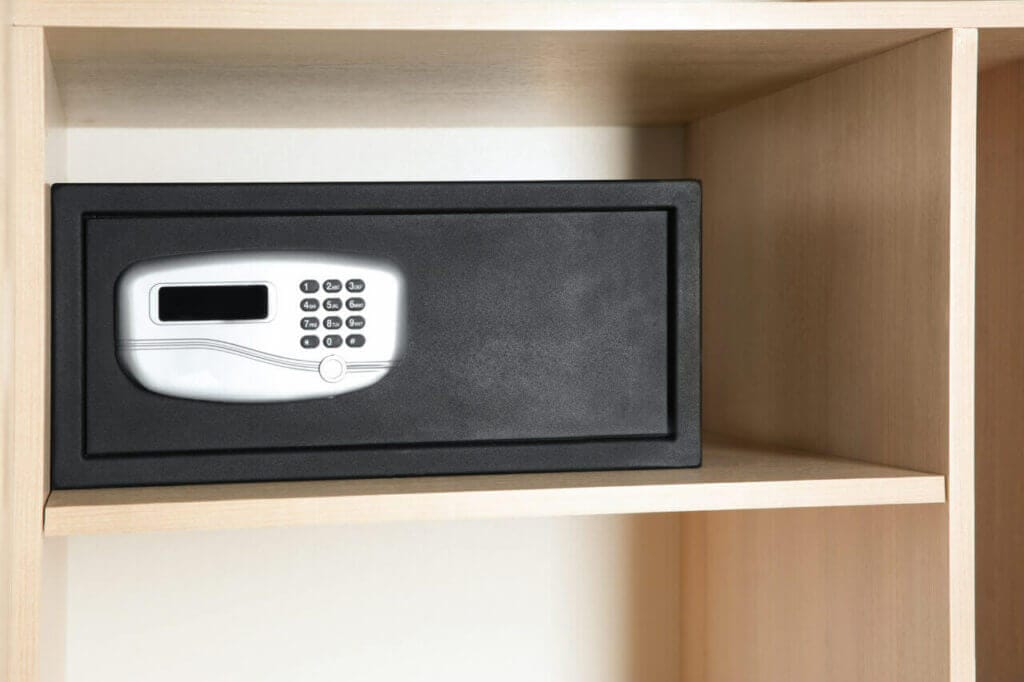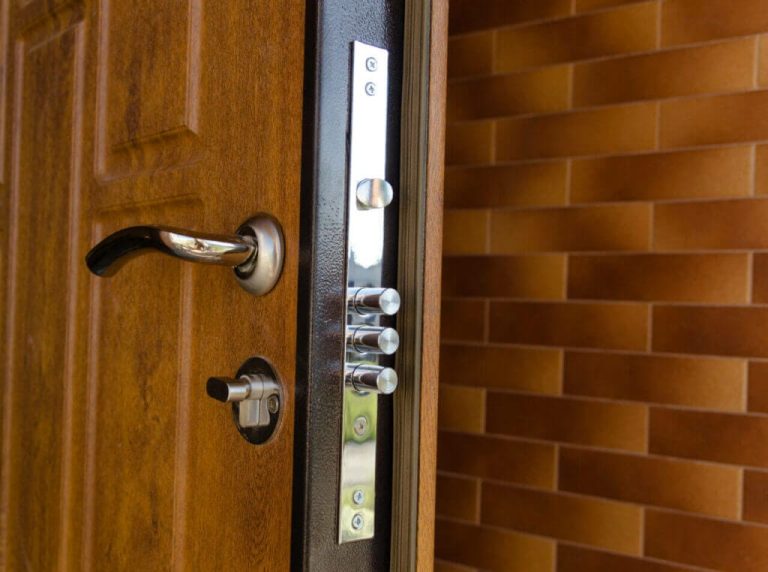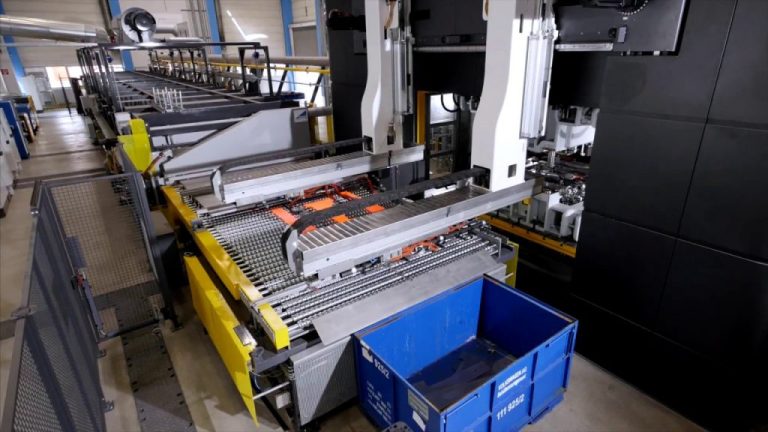Multimeter Insights: A Comprehensive Guide
A multimeter is an indispensable tool for electronics enthusiasts, electrical technicians, and maintenance professionals. It measures voltage, current, and resistance, and often features continuity testing capabilities. This versatile instrument is essential for diagnosing circuit issues, verifying electrical component performance, and conducting preventive maintenance. This guide covers the various types of multimeters, how to use them, and their applications, including their role in working with geomembranes.

What Types of Multimeters Are Available?
There are two main types of multimeters: analog and digital.
- Analog Multimeters: These devices use a needle and scale to display readings. They are generally more affordable and useful for tracking slow changes in measurements, but they are less precise and harder to read than digital models.
- Digital Multimeters (DMMs): These offer digital readings, making them easier to read and generally more accurate. Digital multimeters often include advanced features like auto-ranging, data logging, and computer connectivity for detailed analysis.
How Do You Use a Multimeter to Measure Voltage, Current, and Resistance?
- Voltage Measurement: Set the multimeter to the appropriate voltage range (AC or DC). Connect the black probe to the ground or the negative terminal and the red probe to the positive terminal. The voltage reading will be displayed.
- Current Measurement: Switch the multimeter to the current setting (AC or DC). For low currents, use the standard jacks; for higher currents, use the high-current jack. Insert the probes in series with the circuit by breaking it and placing the multimeter between the breakpoints.
- Resistance Measurement: Set the multimeter to the resistance mode (Ω). Ensure the circuit is off. Connect the probes across the component or circuit segment. The resistance value will appear on the display.
What Safety Tips Should Be Followed When Using a Multimeter?
To use a multimeter safely and effectively, follow these tips:
- Inspect Equipment: Before use, check the multimeter and probes for visible damage. Damaged equipment can be hazardous.
- Set Correct Range: Always select a range higher than the expected measurement to avoid overloading the device.
- Power Down for Resistance: Ensure the circuit is off when measuring resistance to prevent damage to the multimeter.
- Correct Settings and Jacks: Using incorrect settings or jacks can result in inaccurate readings or damage.
How Are Multimeters Useful with Geomembranes?
Geomembranes are impermeable membranes used in various projects to prevent leaks and contamination. Multimeters can be helpful in this context for:
- Leak Detection: By measuring electrical resistance, multimeters can detect leaks in geomembranes. A drop in resistance indicates a possible breach.
- Quality Control: During installation, multimeters ensure seam continuity and integrity, confirming that seams are properly welded and defect-free.
- Preventive Maintenance: Regular multimeter inspections can identify potential issues early, ensuring the longevity and effectiveness of the geomembrane.
Multimeters are essential tools for anyone working with electrical systems. Whether you’re an electronics hobbyist, a professional electrician, or a specialist in geomembrane installation, knowing how to use a multimeter effectively enhances your troubleshooting and diagnostic capabilities. By following proper techniques and safety practices, you can ensure accurate measurements and maintain reliable electrical projects.



